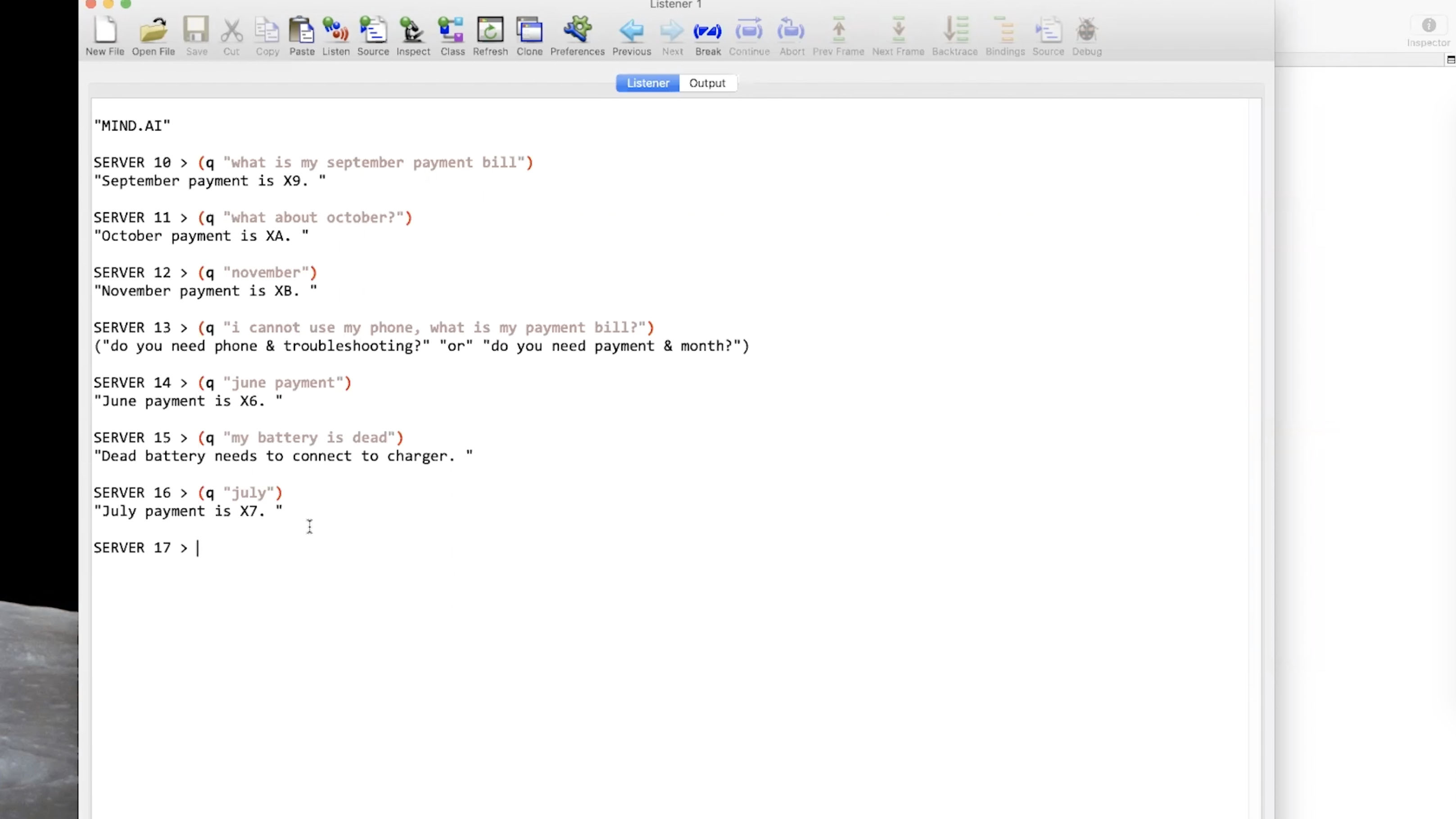Ontologies
Ontology is knowledge that people already understand, such as "people die", "birds can fly". The Mind engine can use these ontologies as fuel to infer like a human being.
Ontologies can consist of domain-specific knowledge that can be applied to a specific field or context, or general knowledge that can be used as common sense about the world. The Mind engine utilizes general ontologies for use in reasoning for any domain, as we pursue the goal of creating an artificial general intelligence (AGI).
Ontologies can consist of domain-specific knowledge that can be applied to a specific field or context, or general knowledge that can be used as common sense about the world. The Mind engine utilizes general ontologies for use in reasoning for any domain, as we pursue the goal of creating an artificial general intelligence (AGI).
-
Definition OntologiesDefinitional ontologies consist of facts to understand about the world or a parts of the world.bird wings animal <> }{ fly"a bird is an animal with wings to fly"
-
Predicate OntologiesPredicate ontologies define a process or function where something changes about the world: why the change happens, and what that change entails.APreparation (A)"a person is at place1"person place1 ?<> }{ ><BRationale (B)"a person needs to move"person place1 ?<> }{ ><CCausation (C)"a person moves to place2"person place1 ?<> }{ ><<> }{ Full PredicateDEffect (D)"a person is at place2"person place1 ?<> }{ ><"a person moves"View DetailsView Details
- A
- B
- C
- D
Full predicatea person moves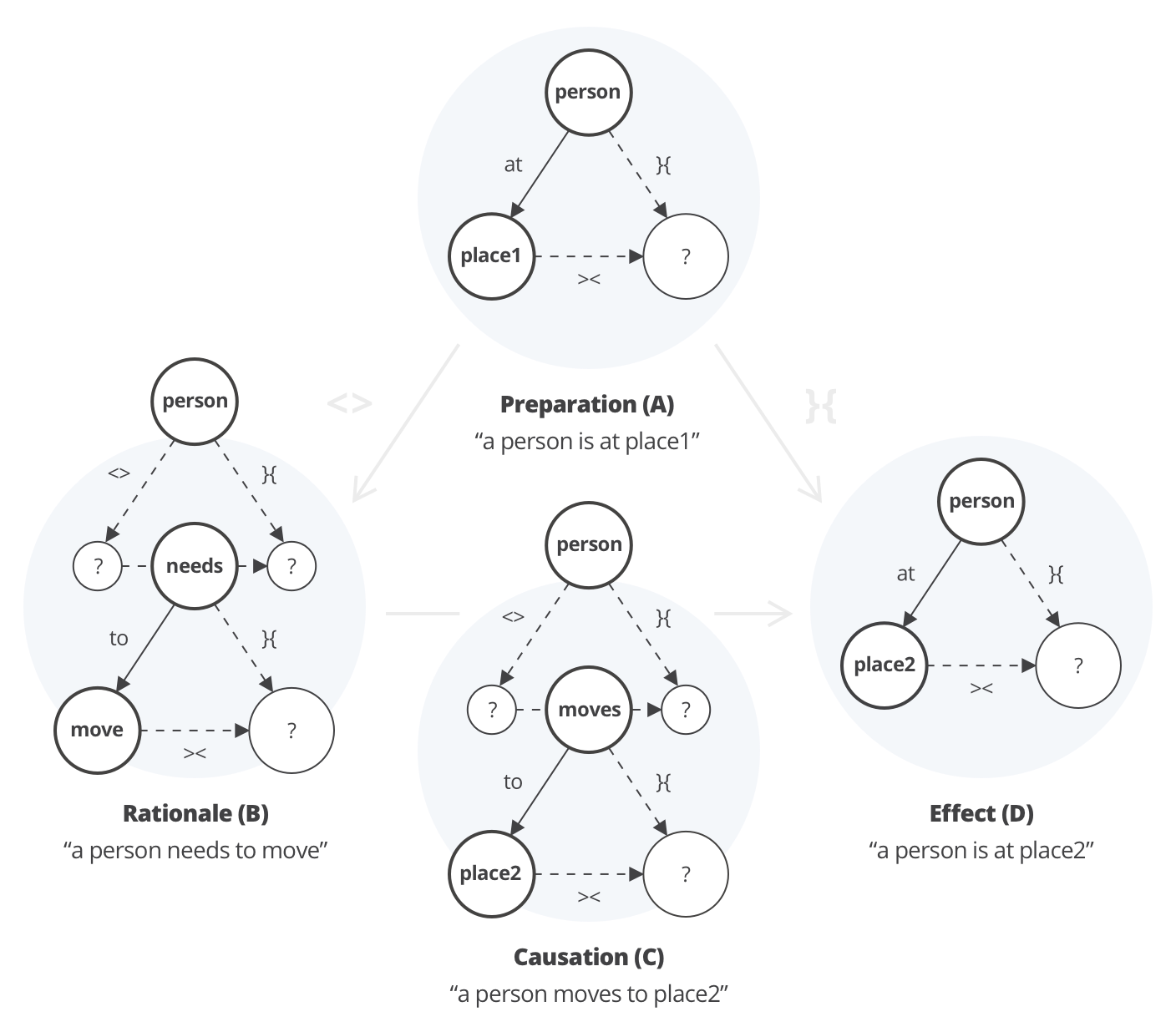
Mind AI becomes smarter as it gets more ontologies, always growing more intelligent.
Mind AI becomes smarter as it gets more ontologies, always growing more intelligent.
How it Works
Read our Technical Whitepaper for information on how this all works:
Use Cases
Feel how Mind AI is different
-
Delight - Mind's Smart Little Avatar

-
Chatbots - Mind looks at them in a new way
